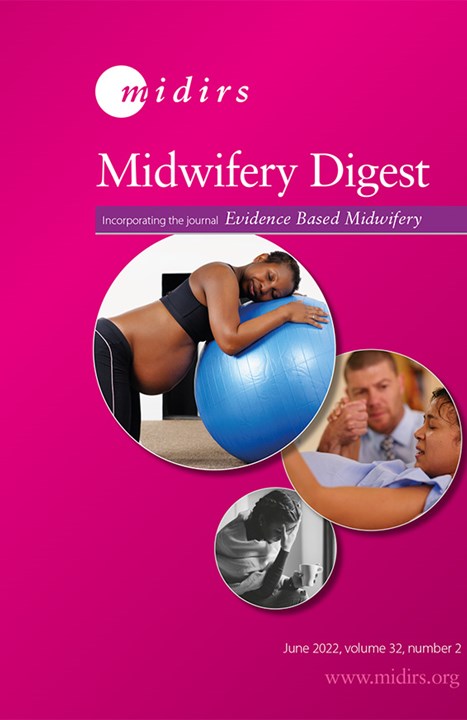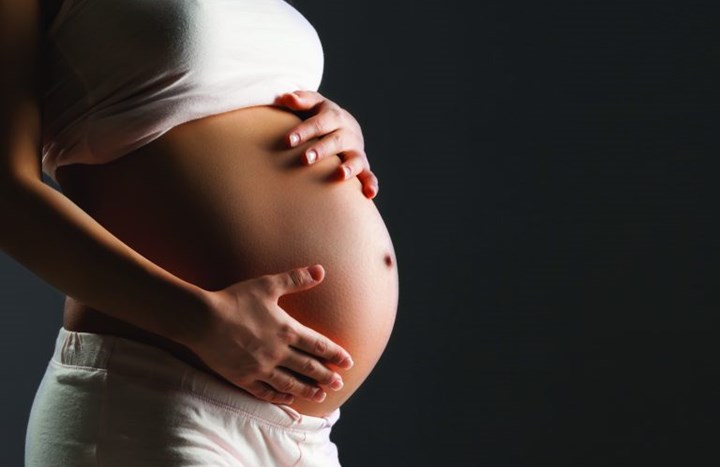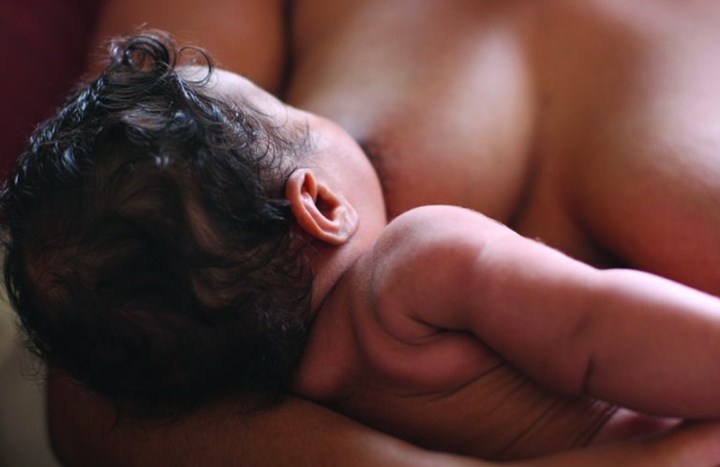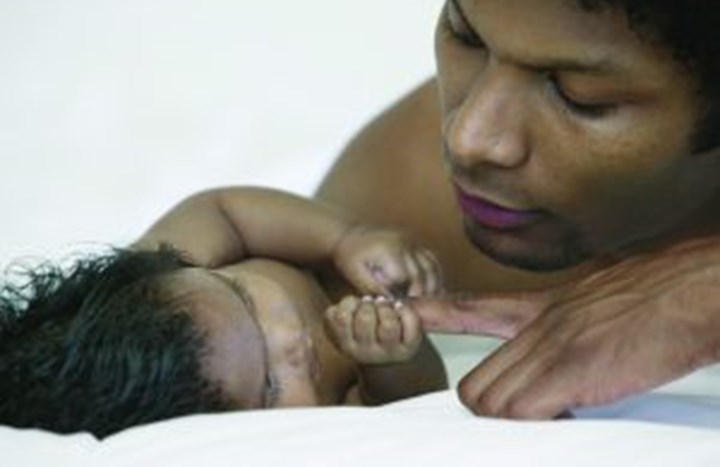
MIDIRS Midwifery Digest Hot Topic: Why are some voices not heard? Exploring how maternity care can be improved for women with limited English
There is a robust body of evidence, accumulated over the decades, which shows that limited English proficiency is a key factor associated with poorer maternal and neonatal outcomes. Our work as midwives and researchers has led us to believe ...61-70 of 82 result(s)

BAME is not my NAME: A Community of Cultures Maternity Forum (CoCMF)
One evening the frustration of seeing all the conversations and retweets around COVID, and its effects on BAME staff/communities, left me asking: who would be interested in a discussion in a virtual chat?
Latest research: Characteristics and outcomes of pregnant women admitted to hospital with confirmed SARS-CoV-2 infection in the UK: national population based cohort study
A UK population based cohort study carried out between 1st March 2020 and 14th April 2020, found that most pregnant women admitted to hospital with SARS-CoV-2 infection were in the late second or third trimester.
RCM: Supporting clinical research studies
As well as supporting midwives clinically, the RCM is also helping to develop knowledge through supporting research studies. You can help influence the outcome of these projects by taking part – and encouraging women in your care to do so.
A national population‐based cohort study to investigate inequalities in maternal mortality in the United Kingdom, 2009‐17
Disparities have been documented in maternal mortality rates between women from different ethnic, age and socio‐economic groups in the UK. It is unclear whether there are differential changes in these rates amongst women from different ...
Knowledge, attitude and current practices of pregnant women towards group B streptococcus screening: cross-sectional study, Al-Madinah, Saudi Arabia
Group B streptococcus (GBS) is one of the most frequent bacterial pathogens causing invasive infections in neonates. It can be transmitted from colonised mother to neonates around delivery. Screening strategies for GBS during pregnancy ...
‘Working Out Dads’ to promote men’s mental and physical health in early fatherhood: A mixed-methods evaluation
Mental and physical health problems are common during early fatherhood. These results were complemented by a nested qualitative study capturing the perceived outcomes for fathers.Uncertainty in times of medical emergency: Knowledge gaps and structural ignorance during the Brazilian Zika crisis
Uncertainty was a defining feature of the Brazilian Zika crisis of 2015–2016. The cluster of cases of neonatal microcephaly detected in the country’s northeast in the second half of 2015.
Joys and challenges of relationships in Scotland and New Zealand rural midwifery: a multicentre study
Globally there are challenges meeting the recruitment and retention needs for rural midwifery. Rural practice is not usually recognised as important and feelings of marginalisation amongst this workforce are apparent.
Honesty and comfort levels in mothers when screened for perinatal depression and anxiety
'Women who are most likely to need mental health care during the perinatal period are also those least likely to be honest about their mental health’ concluded a recent study.

